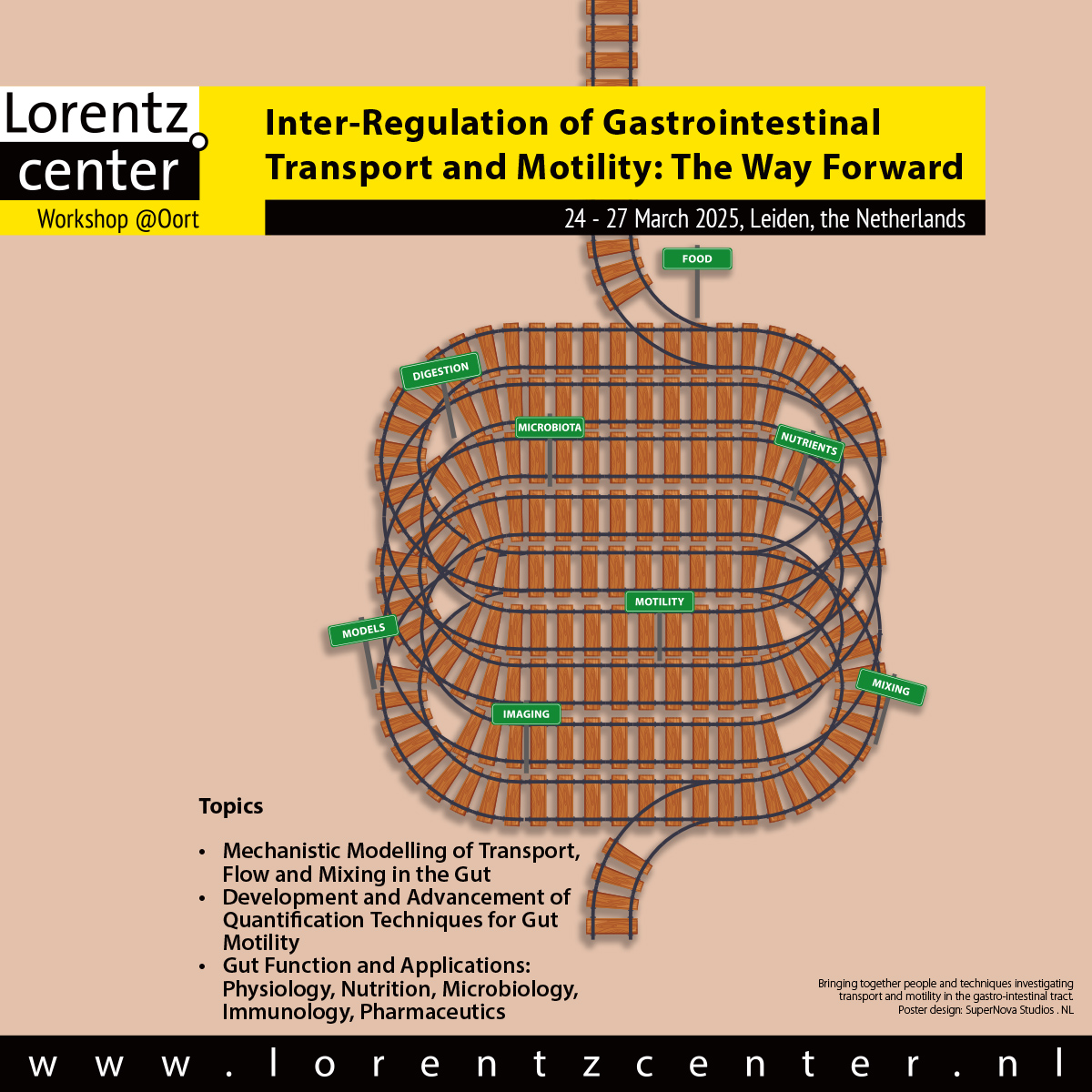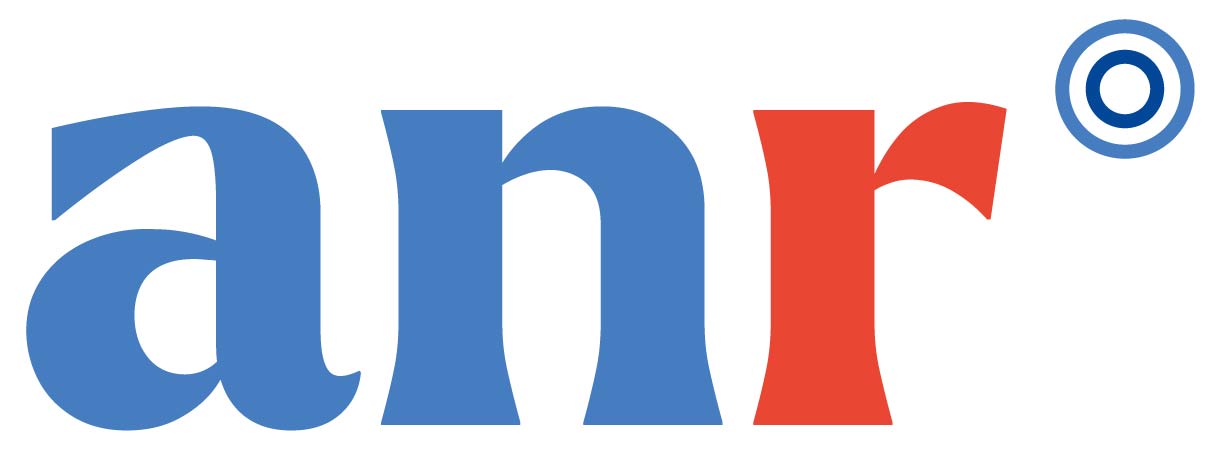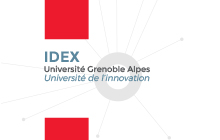Chargé de Recherche CNRS
LRP, CNRS, UGA, Grenoble INP
LRP, CNRS, UGA, Grenoble INP
ENSE3, UGA, Grenoble INP
IRPHE, CNRS, Aix-Marseille Univ.
Digesta Group, Massey University, New-Zealand, Supervised by R. Lentle
GMPA, INRA, AgroParisTech, Supervised by I. Souchon and A. Magnin
Crèche Partentale Les Lithops, Gières
Crèche Partentale Les Lithops, Gières
Habilitation à Diriger des Recherches
Université Grenoble-Alpes
PhD in Engineering Science
AgroParisTech
Master 2 in Rheology and Mechanics of Soft Materials
Grenoble INP
Master degree in Engineering, Fluid Mechanics
ENSHMG, Grenoble INP

The objective of the workshop is to establish a robust and open international network of researchers dedicated to the study of motility and transport phenomena within the gastrointestinal tract. This interdisciplinary event will bring together experts in fields such as mechanistic modeling of transport, quantification techniques for gut motility, and applications related to GI tract function. By fostering collaboration among researchers with diverse expertise—ranging from digestion of foods and microbiology to medical imaging, complex fluid mechanics, biomechanics, and biophysics—we aim to address critical gaps and drive future advancements in the field.
Scientific organizers: Clement de Loubens (CNRS), Claude Loverdo (CNRS), Sahar El Aidy (Swamerdam Institute for Life Sciences), Edoardo Capuano (WUR), Catharina Sophia de Jonge (Amsterdam UMC)Our research project seeks to address the often-neglected yet significant impact of defecation disorders on human health by leveraging a unique dataset of radiological defecographies. Despite societal stigma, these disorders profoundly affect individuals' quality of life, underscoring the need for in-depth scientific inquiry. The complexity of the gastrointestinal evacuation process is poorly understood, partly due to a shortage of focused studies. Our innovative approach combines artificial intelligence (AI) and Natural Language Processing (NLP) techniques to analyze video, audio, and textual data from defecographies, aiming to uncover patterns and anomalies in the defecation process. Conducted in collaboration with the CHU Grenoble-Alpes, this project promises to offer new insights into diagnosing and treating defecation disorders.

The major challenge in microencapsulation is to replace petroleum-based polymers with biobased polymers to form the shell of microcapsules, such as alginate. However, these biosourced hydrogels have extremely poor mechanical properties and the capsules are not resistant to osmotic shock or drying. Here we propose to develop an encapsulation process based on cellulose and hemicellulose reinforced pectin. In this project, we wish to develop simple and industrializable encapsulation processes based on the spontaneous reinforcement of the sheel thanks to our knowledge of osmotic phenomena during the formation of gels and the physico-chemical bonds between pectin, cellulose and hemicellulose.

Microcapsules are droplets protected by an elastic membrane and used to control the delivery of active ingredients in an increasing number of applications. Whereas microcapsules were originally designed with petroleum resources (polymers and solvents), the challenge for the microencapsulation industry is to use biobased materials. One generic solution is to assemble at water-oil interfaces oppositely charged biomaterials. The assembly of these materials is relatively well-mastered but the resulting physical properties are poorly controlled. Very recently, it has been shown that suspensions of different bio-based microcapsules can form gels for volume fraction as low as 10%, which is reminiscent of suspensions of attractive colloidal particles. This behavior is puzzling as it requires the emergence of attraction between athermal particles on length scales of several tens or hundreds of micrometers. Microscopically, microcapsules formed spontaneously aggregates under quiescent conditions, whereas in rheometric experiments, suspensions of these capsules behave as a yield stress fluid.

The gastrointestinal tract involves many biological, chemical and physical phenomena to secure the absorption of nutrients from our food. Also, specific sites of the digestive mucosa are gateways to our immunologic system which pave the way for the development of innovative oral therapeutic strategies. These strategies are based on the encapsulation of drugs in nano- or micro- particles or the administration of bacteria, which would target these sites in order to induce an immune response. However, a major scientific barrier is to be able to predict the flow of these "micro-particles" and thus control the dose absorbed by our body.
The objective of TransportGut is to develop a predictive and comprehensive modelling of the transport of microparticles in the gastrointestinal system
The challenge of such a model is to account for the different specificities of the physical environment of the digestive tract on the phenomena of transport and mixing. On the one hand, transport and mixing are controlled by the mechanical activity of the smooth muscles of the intestinal mucosa, on both macroscopic and microscopic scales. On the other hand, this activity varies according to the time scales considered. Several scales are thus relevant: the microstructures of the mucosa, the isolated organ and along the digestive system. Mixing at large scales are probably controlled by mixing at small scales. There is currently no particle transport model that takes into account these different scales.
TransportGut is an integrated and interdisciplinary project that draws on the complementary expertise of three teams in biorheology, theoretical biophysics and physiology. The team of the Laboratoire Rhéologie et Procédés (LRP) has significant experience in the development of experiments in complex fluid mechanics at macroscopic and microscopic scales, as well as in numerical modeling of flows in the gastrointestinal tract. The team of the Laboratoire Jean Perrin (LJP) has expertise in theoretical modeling of the transport of bacteria and their interactions with the immune system of the digestive tract. Finally, the team from Techniques de l’Ingénierie Médicale et de la Complexité (TIMC-IMAG) develops experimental systems and original technologies for understanding the physiology of smooth muscles.
Based on experiments at the interface of physiology and fluid mechanics and numerical simulations of flows, we propose to develop an analytical model of transport connecting these different scales. We will develop experiments on animal models to study the transport of particles along the digestive system and in the vicinity of microstructures of the intestinal mucosa. These experiments will be used to simulate numerically the coupling between flows at microscopic and macroscopic scales in order to understand the role of active and microstructured interfaces on the transport and mixing of microparticles. All of these data from experiments and numerical simulations will make it possible to build analytical and simplified models of the transport and mixture of particles at different spatial and temporal scales. This model would predict the spatiotemporal dispersion of particles in order to be a decision-making tool for the pharmaceutical industry, but also to understand the fundamental mechanisms that govern the spatial structure of the intestinal microbiota.
An automated rheometer for the characterisation of microcapsule mechanical properties
Various everyday products (eg. perfumes) are fabricated through a micro-encapsulation of an active substance that is further released upon a desired conditions. The design and fabrication of the microcapsules is often a tedious process by lack of appropriate characterization tools.
RheoSurf allows, through small deformations of capsules, the quantitative, precise and fully automated characterisation of their mechanical properties in terms of real physical properties.
Getting inspiration from the gastrointestinal-intestinal tract to engineer new microfluidic mixing devices.

Challenge Out of Lab 12/2019
In this project, we want to develop for the industry an automated microfluidic set-up to characterize the interfacial rheological properties or the mechanical properties of soft particles: capsules, droplets, cells, etc. If you are interested, contact me!

Blood is a suspension of elastic objects, namely Red Blood Cells (RBCs), whose large deformability in the vessels leads to rheological properties of complex fluids and to intriguing structuration phenomena such as margination . It consists in a segregation of blood cells under flow: RBCs are located at the centre of the vessel while White Blood Cells (WBCs) and platelets are at the periphery close to the endothelial cells covering the vessel. While known from many decades in medecine, the detailed mechanisms and modelling of margination are still a challenge despite the numerous numerical investigations and the interest in taking advantage of it for separation purposes.
We propose an experimental investigation of margination phenomena with a simplified blood model containing two populations of RBCs, namely healthy and rigidified.

Encapsulation is a promising technology to control the spatio-temporal delivery of substance. This substance is encapsulated in micrometric drops and protected by a solid membrane with elastic properties. For example, in the food industry, volatile substances (aroma), bacteria or nutrients (iron) are preserved from degradation by the ambient environment during the storage through encapsulation. These substances are delivered directly in the digestive tract with highly beneficial effects on sensory properties and health of consumers. The release of the substance (e.g. drugs, nutrients) may either be instantaneous, by membrane break-up or continuous, by diffusion.
The objective of this proposal is to characterize the break-up properties of self-assembled chitosan / surfactant microcapsules. The break-up will be studied in microfluidic extensional flows. It will so be possible to relate break-up criteria with formulation parameters (concentrations, time of complexation) and the membrane thickness measured by AFM.

Microcapsules know an increasing interest due to the tunability of their mechanical and physico-chemical properties. They are promising objects to control delivery of drugs in the bloodstream or also to develop new multi-functional materials as paints. The challenge is to control the structuration (i.e. the spatial organisation of the microcapsules) in bulk and in surface. Microcapsules are also considered as a model of red blood cells arousing numerous numerical and theoretical studies on the dynamics of isolated capsules in flow.
Our objective is to understand the effects of the deformability of microcapsules on their migration and the structuration of suspensions under flow, i.e. the spatial organisation of the microcapsules. We will design soft microcapsules (size, viscoelascity, plasticity) providing uniform suspensions to experiment their structure and rheology in simple flows.

Controlling the spatio-temporal delivery of drugs or nutrients in the gastro-intestinal tract is of prime importance to improve pharmaceutical treatments or to control the nutritional properties of food products. The major constraints to such mixing are the high viscosity and the non-Newtonian characteristics of the gastro-intestinal content and the low velocity of the active mucosa, which together result in low Reynolds numbers. It is most likely that transfers in the lumen should limit biochemical reactions. Hence, it is essential to understand and model the mixing strategies developed by the digestive tract.
To identify the relevant biomechanical and rheological factors that limit mixing and absorption in the small intestinal lumen, we have developed methods of high fidelity quantification of intestinal motility, coupled to realistic models of intestinal fluid dynamics as well at the scale of smooth muscle activity (1 mm), as at the one of villi, finger-like structures of around 500 μm length covering intestinal mucosa. At macroscopic scale, we show that activity of smooth muscles are organised into domains of contractions. This activity is responsible for a process of shear dispersion of the luminal content in the longitudinal direction. At microscopic scales, villous movement during longitudinal contractions is a major radial mixing mechanism that increases dispersion and absorption around the mucosa despite adverse rheological properties of the digesta. Finally, we conclude that the intestinal mucosa can be considered as an active microfluidic mixer.

La médaille d’argent est destinée à récompenser une thèse de grande qualité, dont l’analyse, réalisée par l’Académie, est publiée sur le site de l’Académie d’agriculture de France.
"Clément de LOUBENS, pour ses travaux originaux sur la libération des composés à l’origine de stimuli orosensoriels. La thèse est assortie d’un nombre considérable de publications scientifiques décrivant les nouvelles méthodes mises au point."(Rapporteur : Hervé This).

The DSM Science & Technology Awards (North) are part of the DSM Innovation Awards Program. They are awarded for outstanding PhD research conducted by doctoral students from two European regions: the Netherlands, Belgium and Northern Germany (North) and Switzerland, Austria, Northeastern France and Southern Germany (South). See link.

Understanding and modeling phenomena governing stimuli release during food consumption make it possible to respect both nutritional and sensorial criteria during its formulation. A model of salt release during the course of mastication was developed for “solid” products. The breakdown was comprehended by the generation of the area of contact between the product and the saliva that governs the transfers of stimuli. The area of contact was written as the product of two functions. The first was related to the subject and was function of his masticatory performance. The second was related to the product and depended on its breakdown behavior that can be determined by in vitro tests. During the pharyngeal stage, the biomechanics of swallowing governs pharyngeal mucosa coating and aroma compounds present in this layer. These phenomena are due to a thin film flow, stationary in a soft elastohydrodynamic contact whose the kinematics is equivalent to a forward roll coating process lubricated by saliva. Two sets of conditions were distinguished. When the saliva film is thin, food bolus viscosity has a strong impact on mucosa coating and on flavour release. When the saliva film is thick, the food bolus coating the mucosa is very diluted by saliva during the swallowing process and the impact of product viscosity on flavour release is weak. This second set of condition allowed us to explain the physical origin of in vivo observations on flavour release.